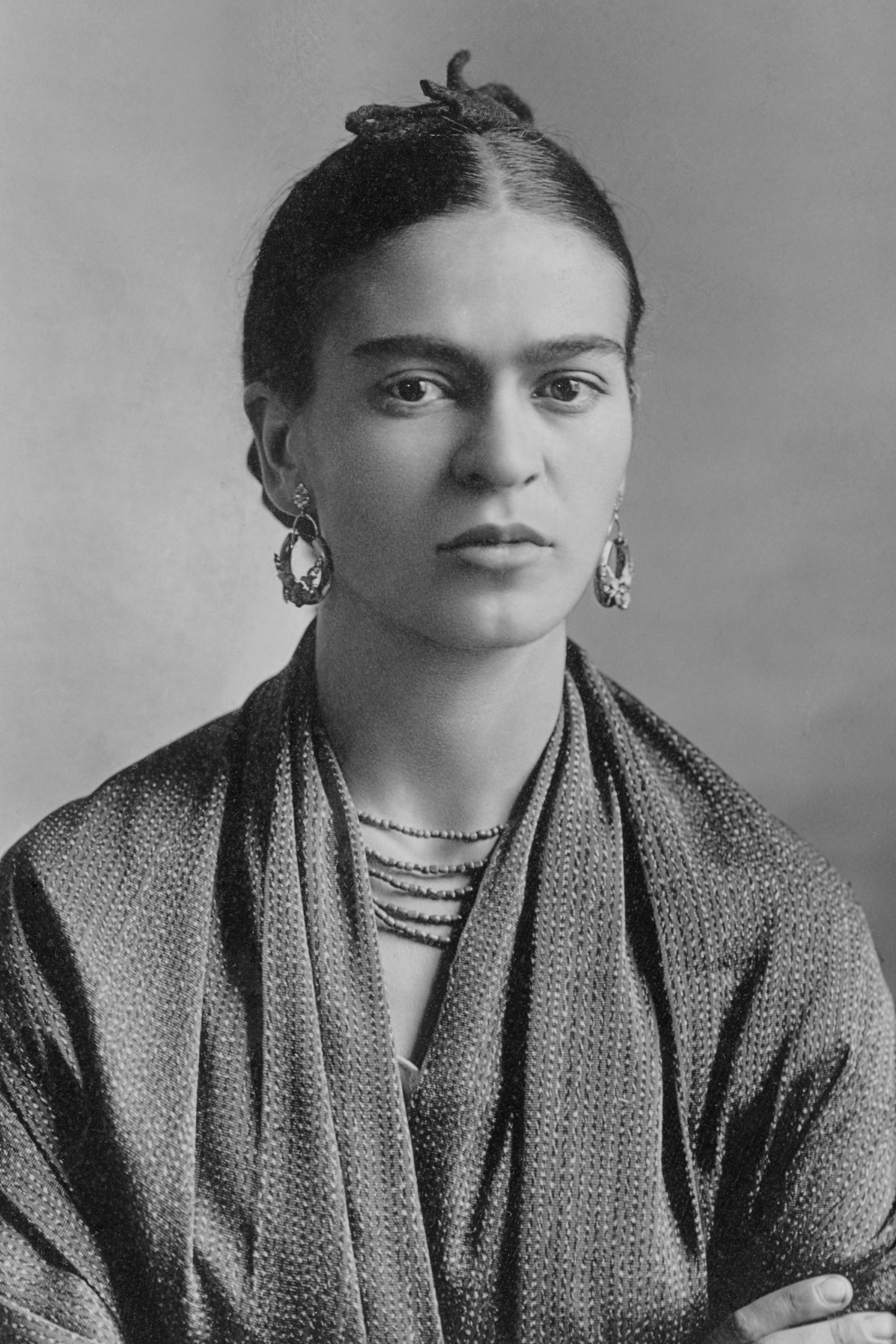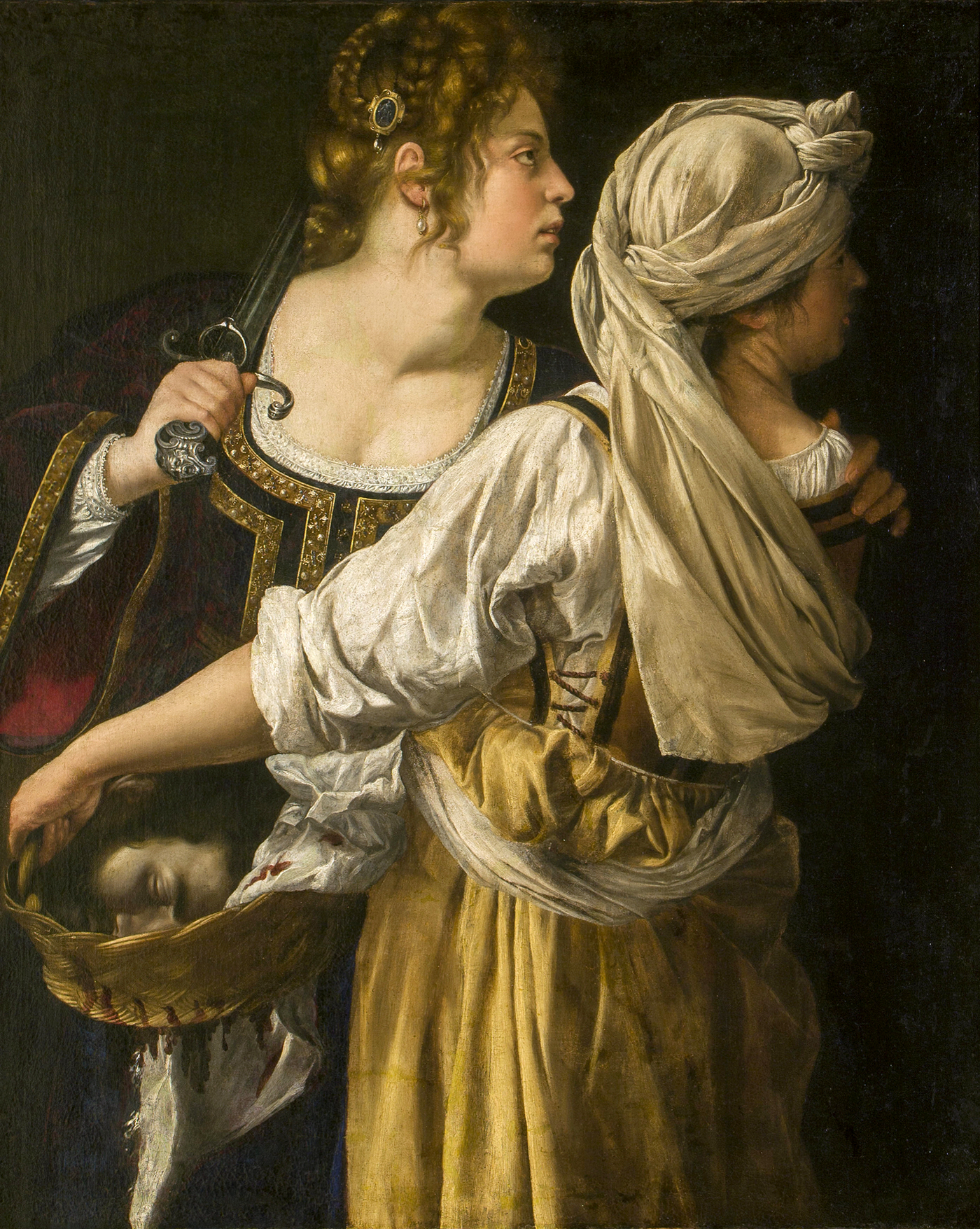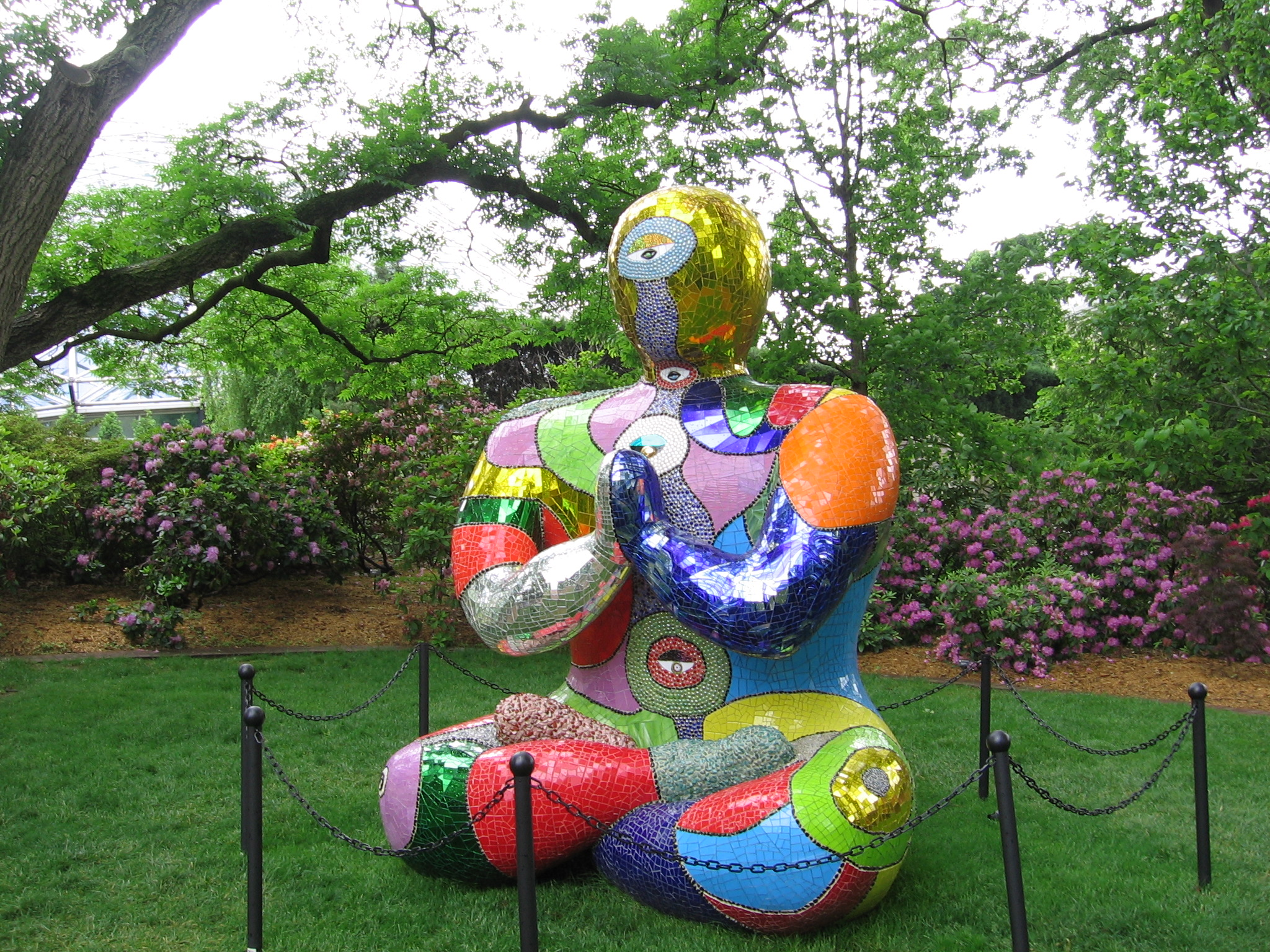
12 Thought-Provoking Artist Biographies
Summary
This article recommends a selection of artist biographies that offer deep insights into the lives and works of various artists, including Frida Kahlo, Caravaggio, and Artemisia Gentileschi, among others. These biographies not only explore the artists’ creative processes but also their personal struggles and the historical contexts in which they worked.
Reflection Questions
- How can the personal and professional challenges faced by these artists inform current artistic practices?
- What impact do the historical and cultural contexts have on the artists’ works and lives?
- How do these biographies change or deepen your understanding of the artists and their art?
Journal Prompt
Choose one artist biography from the list that intrigues you the most. Reflect on how learning about the artist’s life, challenges, and accomplishments could influence your own perspective on art and creativity. Consider what lessons or inspiration you can draw from their story.
Exploring the lives of artists through biographies offers a unique window into the worlds they navigated, blending personal struggle, artistic triumph, and historical context. From the vivid storytelling of Frida Kahlo’s tumultuous life to the groundbreaking journeys of artists like Ruth Asawa, these narratives not only illuminate the individuals behind the masterpieces but also reflect the broader tapestry of cultural and societal shifts. Each biography serves as a testament to the resilience, creativity, and vision that define the artistic spirit, inviting readers to delve deeper into the rich histories that have shaped the landscape of art. Read on for our recommendations!
12 Thought-Provoking Artist Biographies
“Frida: A Biography of Frida Kahlo” by Hayden Herrera

Although this book was published in the 1980s, we could not leave it off our list. “Frida: A Biography of Frida Kahlo” by Hayden Herrera is a comprehensive exploration of the life of the iconic Mexican painter Frida Kahlo. Herrera delves deeply into Kahlo’s personal and professional life, offering insights into her complex relationship with Diego Rivera, her struggles with physical health issues and mental illness, her lifelong artistic ambitions, and how these experiences influenced her vibrant, often pain-filled artwork.
The biography is well-researched, drawing on Kahlo’s own letters, diaries, and interviews with those who knew her, painting a detailed portrait of a fiercely independent and revolutionary artist whose work continues to inspire and provoke.
“The Art of Rivalry: Four Friendships, Betrayals, and Breakthroughs in Modern Art” by Sebastian Smee
“The Art of Rivalry: Four Friendships, Betrayals, and Breakthroughs in Modern Art” by Sebastian Smee explores the dynamic and complex relationships between four pairs of renowned artists: Lucian Freud and Francis Bacon, Edouard Manet and Edgar Degas, Henri Matisse and Pablo Picasso, and Jackson Pollock and Willem de Kooning.
Smee delves into how these friendships influenced their artistic development, led to creative breakthroughs, and at times, resulted in personal and professional rivalries. The book provides a fascinating look at how competition and camaraderie can coexist, shaping the trajectory of art history.
“Child of the Fire: Mary Edmonia Lewis and the Problem of Art History’s Black and Indian Subject” by Kirsten Pai Buick

One of the best biographies on this list is “Child of the Fire: Mary Edmonia Lewis and the Problem of Art History’s Black and Indian Subject” by Kirsten Pai Buick. This biography offers a critical examination of the life and work of Mary Edmonia Lewis, the first African American and Native American sculptor to achieve international recognition.
Buick addresses the challenges Lewis faced in the art world due to her racial and gender identity, and critiques the art historical narrative that has often marginalized or simplified her contributions. This book seeks to reposition Lewis within the broader contexts of American and art history, highlighting her significance as an artist who navigated complex cultural identities.
“We Flew Over the Bridge: The Memoirs of Faith Ringgold” by Faith Ringgold
“We Flew Over the Bridge: The Memoirs of Faith Ringgold” is an autobiography by one of the greatest women artists of our time: Faith Ringgold. In this book, Ringgold shares her life story, offering insights into her journey as an artist, activist, teacher, and writer.
She discusses her experiences growing up in Harlem, her personal struggles, and her professional achievements, including her pioneering work in quilt painting. Ringgold’s memoir is not only a recount of her own life but also a vivid portrayal of the social and cultural shifts in America during her lifetime.
Fuel your creative fire & be a part of a supportive community that values how you love to live.
subscribe to our newsletter
*please check your Spam folder for the latest DesignDash Magazine issue immediately after subscription

“Tamara de Lempicka: A Life of Deco and Decadence” by Laura Claridge
While this biography of one of Poland’s greatest female artists was published in 2001, we could not leave it off the list! “Tamara de Lempicka: A Life of Deco and Decadence” by Laura Claridge is a biography that explores the life of the Polish Art Deco painter Tamara de Lempicka.
Claridge delves into de Lempicka’s glamorous lifestyle, her rise to fame in the art world, and her role as a symbol of the roaring twenties’ opulence. The book portrays de Lempicka not just as an artist but also as a complex figure whose personal life and professional career were marked by boldness, innovation, and controversy.
“Raphaël: Genius of the Renaissance” by Stefano Zuffi

“Raphaël: Genius of the Renaissance” by Stefano Zuffi is a comprehensive biography that delves into the life and work of the Italian master painter and architect Raphael. The book provides an in-depth analysis of Raphael’s artistic contributions and his role in shaping the Renaissance period.
Zuffi examines Raphael’s most celebrated works, his techniques, and the historical context in which he created his art, offering readers a vivid portrait of a genius whose work continues to influence the art world centuries after his death.
“Caravaggio: The Prodigious Criminal” by Yannick Haenel
One of the greatest artists of all time, Caravaggio led a troubled life. “Caravaggio: The Prodigious Criminal” by Yannick Haenel is a captivating exploration into the tumultuous life of Michelangelo Merisi da Caravaggio, focusing on his revolutionary contributions to art alongside his notorious behavior and legal troubles.
Haenel delves into Caravaggio’s dynamic use of chiaroscuro, his dramatic realism, and how his personal life — marked by violence, exile, and a tragic early death — intertwined with his artistic genius, leaving an indelible mark on the world of art. This biography offers a nuanced view of Caravaggio as both an artist and a figure of controversy.
“Artemisia Gentileschi: Revenge of the Humiliated Student” by Alexandra Lapierre

Despite her heartbreaking social circumstances, her depictions of the human form and mythological references to her own life set Gentileschi apart from many artists celebrated throughout history. “Artemisia Gentileschi: Revenge of the Humiliated Student” by Alexandra Lapierre is a detailed biography that explores the life and art of Artemisia Gentileschi, a pioneering female painter of the Baroque era.
The book delves into Gentileschi’s personal and professional struggles, including her experiences with gender discrimination in the art world and her resilience following a traumatic assault. Lapierre provides a nuanced portrayal of Gentileschi’s determination to succeed as an artist, highlighting her contributions to art history and her role as a symbol of feminist empowerment.
“Niki de Saint Phalle: The Mentor of Feminist Artists” by Dominique Osuch and Sandrine Martin

“Niki de Saint Phalle: The Mentor of Feminist Artists” by Dominique Osuch and Sandrine Martin is a graphic biography that illuminates the life and work of Niki de Saint Phalle. The book captures Saint Phalle’s journey as an artist and her influential role in feminist art movements.
It delves into her groundbreaking “Shooting” performances, the creation of her famous Nanas sculptures, and her commitment to addressing societal injustices through her art. This visual narrative showcases Saint Phalle’s vibrant, colorful work and her impact on advocating for women’s rights in the art world.
“Amazing Grace: A Life of Beauford Delaney” by Beauford Delaney and David Leeming

“Amazing Grace: A Life of Beauford Delaney” by David Leeming is a biography that explores the life of Beauford Delaney, an important figure in American art known for his vibrant colors and abstract compositions. The book details Delaney’s journey from the South to becoming a key part of the Harlem Renaissance and later, his expatriate life in Paris. It also delves into his friendships with prominent figures of his time and his struggles with mental health, offering a nuanced portrait of his life and artistry.
Fans of James Baldwin will also enjoy this book as Baldwin often credited Delaney with being a significant influence on his life and work, viewing him as a guiding figure and mentor. In his writings, Baldwin reflected on Delaney’s profound impact on his understanding of art, life, and the struggle for identity, emphasizing Delaney’s role in shaping his perspective and consciousness.
“Lee Krasner: A Biography” by Gail Levin
Gail Levin’s “Lee Krasner: A Biography” delves into the life of Lee Krasner, an influential Abstract Expressionist painter and the wife of Jackson Pollock. Levin’s comprehensive research illuminates Krasner’s significant yet often overshadowed contributions to the art world, her tumultuous relationship with Pollock, and her persistent struggle for recognition in a male-dominated art scene. The biography provides a detailed portrait of Krasner’s artistic evolution, her resilience, and her impact on American art
“Everything She Touched: The Life of Ruth Asawa” by Marilyn Chase
“Everything She Touched: The Life of Ruth Asawa” by Marilyn Chase is a biography that chronicles the life of Ruth Asawa, a renowned sculptor known for her intricate wire sculptures. The book explores Asawa’s journey from her childhood in a Japanese-American internment camp during World War II to her development as a groundbreaking artist in San Francisco and beyond. Chase highlights Asawa’s dedication to education and community art projects, showcasing her legacy as an influential figure in the art world and a pioneer for Asian American artists.
Design Dash
Join us in designing a life you love.
Styling Spaces Seasonally for Evergreen Portfolio Content + Of-the-Moment Marketing
Learn how interior designers can style spaces seasonally to create both evergreen portfolio images and timely marketing content.
Counting Down Our Most Listened-To Episodes of 2025: Brittny Button
Learn why our conversation with Brittny Button became one of the DesignDash Podcast’s most listened-to episodes of 2025.
10 Finn Juhl Furniture Pieces That Embody Danish Modern Design
As evidenced by these 10 iconic Finn Juhl furniture pieces, he exemplified Danish Modernism through sculptural forms and architectural angles.
Counting Down Our Most Listened-To Episodes of 2025: Jamie Young
On the DesignDash Podcast, enjoy Jamie Young’s insights on building a timeless design brand through grit, reinvention, and strategic growth
What Do I Do If My First Client Ghosts Me After I Send the Proposal?
Learn how to respond when a PNC goes silent after receiving a proposal from your firm. Promise, ghosting is almost never a reflection of your work!
What Is Gustavian Interior Design, And Is It Still Relevant Today?
Georgian interior design’s light palettes, balanced proportions, and restrained Neoclassical details make the Swedish style relevant.








